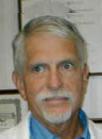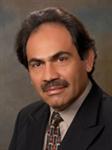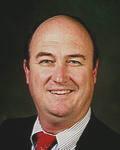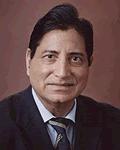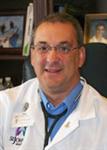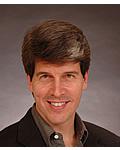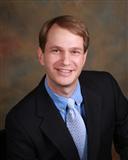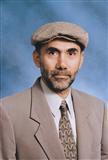Physical Medicine used available for the treatment of patients with such diverse problems as:
- tuberculosis;
- diabetes;
- painful backs;
- arthritis;
- fractures, strokes;
- burns, birth defects;
- nerve and spinal cord injuries;
- vision and speech impairments.
Physical medicine is closely associated with the Orthopedic surgery, but it is prescribed by physicians and surgeons in all branches of medicine. Physicians who specialize in physical medicine are called physiatrists.
The objectives of Physical medicine are relief of pain, improvement or maintenance of mobility functions, training in the most effective method of performing essential activities, testing of function in such fields as muscle strength, degree of joint mobility, breathing capacity, and muscular coordination.
Physical Rehabilitation - part of medical, social and vocational rehabilitation, a system of measures on restoration of or compensate for physical features and intellectual abilities, improving the functional state of the body, improving physical qualities, psychological and emotional resilience and adaptive reserves of the human organism by means and methods of physical culture, sport items and sports training, massage, physiotherapy and natural factors.
Held under some diseases of internal organs, congenital and acquired diseases of the musculoskeletal system, the consequences of serious injuries, mental illness, etc.
Methods
The main means of physical rehabilitation are physical exercise and sport items, and their application - always pedagogical, educational processIts quality depends on the extent to a Methodist mastered the pedagogical skill and knowledge. Therefore, all laws and regulations of general pedagogy, as well as the theory and methods of physical education are extremely important in the work of Rehabilitation Therapist - a Specialist in Physical Rehabilitation.
He must be a good teacher - specialists in physical education, physical education and, at the same time have a deep knowledge of the pathological processes and disease with which he has encountered in his patients. He must be able to determine what methods and means will have a general effect on the body, and what - local, specific, differentiated.
The therapeutic means most commonly employed include heat, massage, exercise, electrical currents, and functional training, also psychological counseling, occupational therapy, and a variety of other treatments which may be used to help the disabled person achieve the fullest possible life despite the persistence of medical problems.
Exercise, the most varied and widely used of all physical treatments, is usually designed to do one or more of three things: increase the amount of motion in a joint, increase the strength in a muscle, or train a muscle to contract and relax in useful coordination with other muscles. In addition to its obvious use following stiffness or paralysis, exercise may be used to improve the breathing of patients with lung disorders, assist circulation, relax tense muscles, and correct faulty posture.
Functional training teaches the impaired individual how to carry out most safely and effectively the activities of daily life. This training may mean learning to use crutches, a brace, or an artificial arm; or it may involve working out and practicing the movements required to do housework with the use of only one hand or the way to board public transportation with a stiff leg. Such training often requires long hours of practice; it may be facilitated by use of devices that make it easier to fasten buttons, hold a fork, or dial a telephone.
Physical medicine and Rehabilitation team:
- Physiatrist who coordinates the team’s efforts and assesses the areas of functioning in which the patient can improve.
- The physical therapist uses exercise to improve the patient’s muscle strength and functioning, and a rehabilitation engineer may provide a special mechanical aid or device to assist that functioning.
- Rehabilitation nurse keeps track of the patient’s physical condition and provides him with basic medical care.
- Psychologist helps the patient cope with the discouragement or depression produced by the condition of physical disability.
- Respiratory or speech therapists may also be brought in to assist the patient with breathing or speaking difficulties.
- Occupational therapist and a social worker will help the patient adjust to life outside of the rehabilitation center.
hide
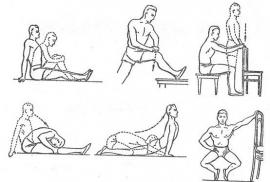 Physical Medicine & Rehabilitation - medical specialty concerned with the diagnosis, treatment, and prevention of physical impairments, particularly those associated with disorders of the muscles, nerves, bones, or brain. This specialized medical service is generally aimed at rehabilitating persons disabled by pain or ailments affecting the motor functions of the body. Physical medicine is one means employed to assist these patients to return to a comfortable and productive life, often despite the persistence of a medical problem.
Physical Medicine & Rehabilitation - medical specialty concerned with the diagnosis, treatment, and prevention of physical impairments, particularly those associated with disorders of the muscles, nerves, bones, or brain. This specialized medical service is generally aimed at rehabilitating persons disabled by pain or ailments affecting the motor functions of the body. Physical medicine is one means employed to assist these patients to return to a comfortable and productive life, often despite the persistence of a medical problem. 